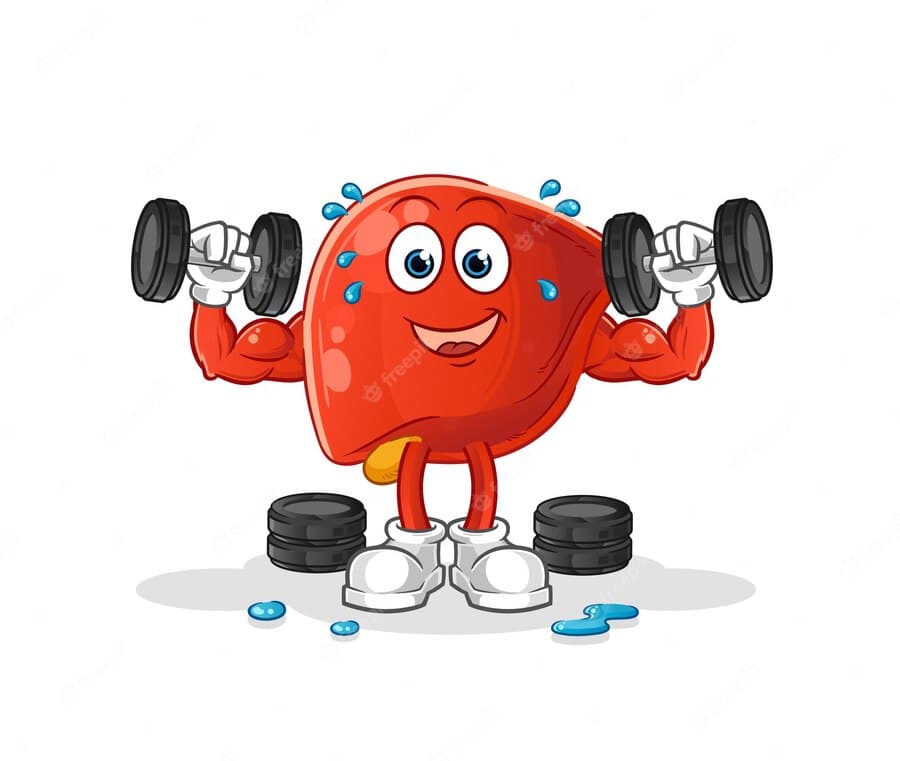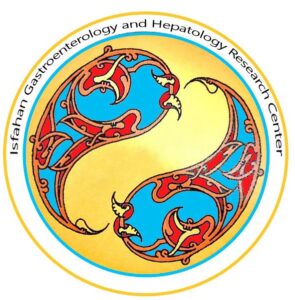| Original Article |
Question: What relationship does transient elastography’s substantial fibrosis or cirrhosis have to nonalcoholic fatty liver disease (NAFLD) and meeting physical activity (PA) guidelines?
Design/Method: A cross-sectional analysis was performed based on the NHANES 2017–2018 data. NAFLD and significant fibrosis or cirrhosis were defined by transient elastography in the absence of other causes of chronic liver disease. The detailed PA questionnaire assessed the leisure-time, occupation-related, and transportation-related PA. PA was categorized based on the PA Guidelines
Setting: The United States
Patient/Study community: People with NAFLD
Results: Meeting PA Guidelines for leisure-time PA has beneficial effects on NAFLD, and over 2 times the recommended amount of PA Guidelines had a lower risk for significant fibrosis or cirrhosis
Commentary:
| Clinical care of NAFLD patients must use unbiased instruments to track PA changes. Intensity, quantity, and kind of PA (mild, moderate, vigorous, or a combination of these), as well as leisure-time PA and sitting time, must all be evaluated independently before making recommendations. Increasing leisure-time physical activity is considered a viable lifestyle change to prevent or treat NAFLD, severe fibrosis, or cirrhosis |
Citation: Donghee Kim, Peter Konyn, George Cholankeril, and et all. Physical Activity Is Associated With Nonalcoholic Fatty Liver Disease and Significant Fibrosis Measured by FibroScan. Clinical Gastroenterology and Hepatology. 2022; 20(6):1438–1455
DOI: 10.1016/j.cgh.2021.06.029
https://pubmed.ncbi.nlm.nih.gov/34214678/
Topics: Hepatic Steatosis, Cirrhosis, Lifestyle Modification, Exercise, NHANES


